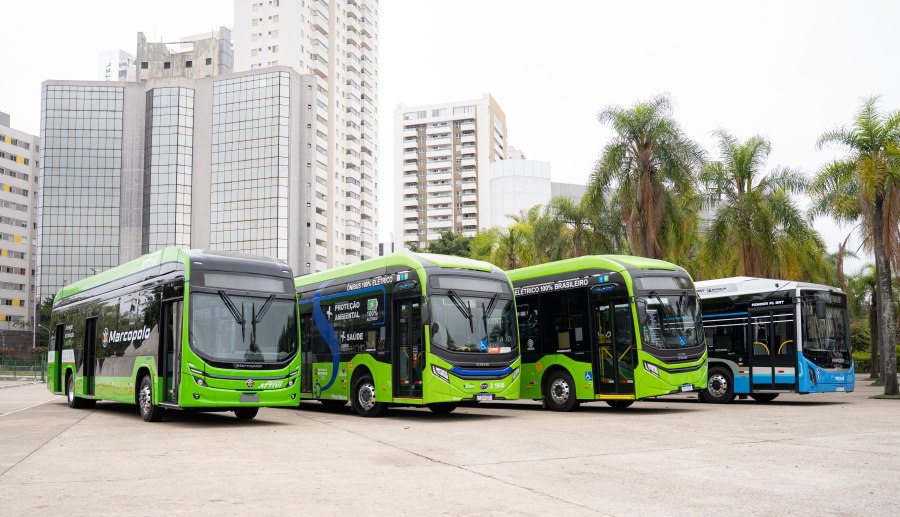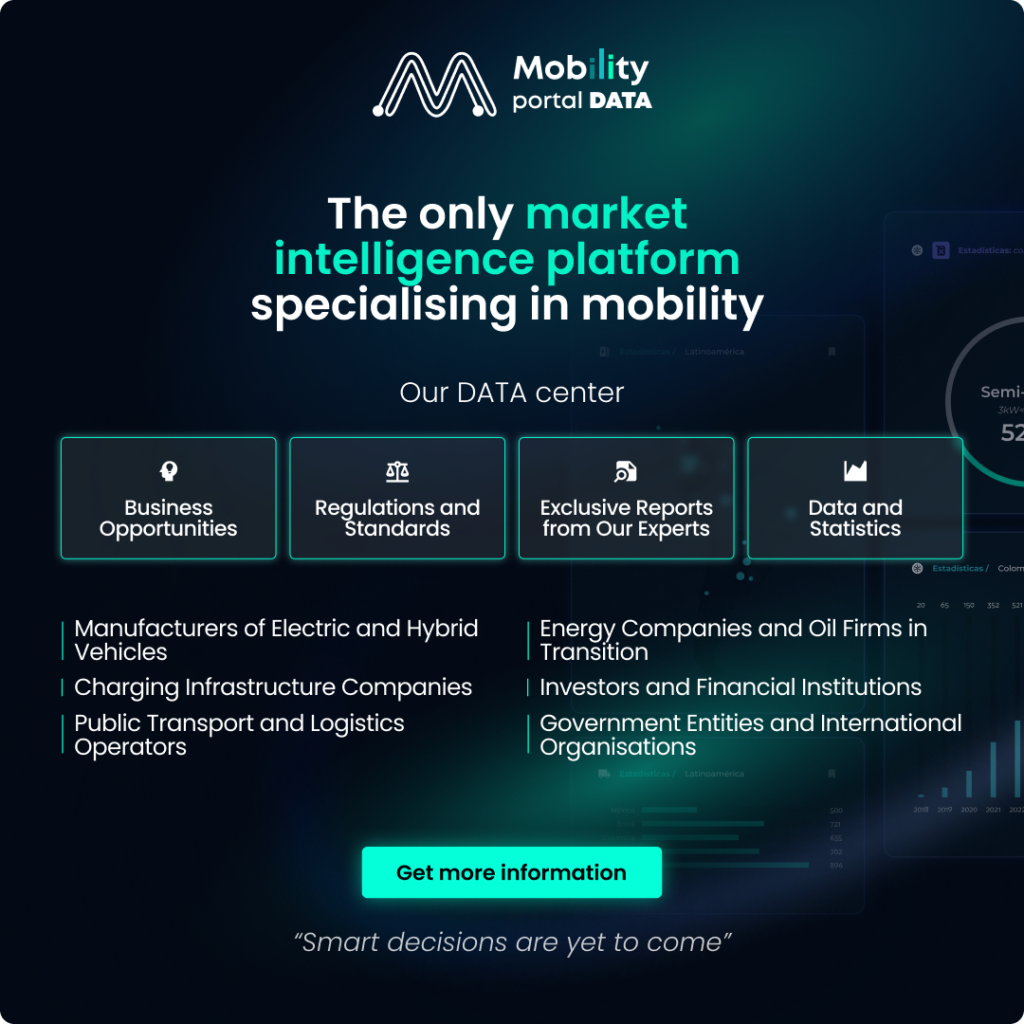During the seminar “Pathways to Urban Electromobility in São Paulo”, organised by the Prefeitura (City Council), Mayor Ricardo Nunes highlighted that São Paulo already operates Brazil’s largest fleet of electric buses and is progressing towards its 2038 net-zero emissions target.
Municipal Law No. 16.802/2018 sets out a progressive emissions reduction plan aiming for a 100% cut in fossil CO₂ and 95% in PM and NOx within 20 years.
According to the latest E-Bus Radar data, São Paulo currently has 961 electric buses in service — including trolleybuses — out of a total fleet of 13,437. This represents approximately 7%, marking a significant milestone in Latin America and placing the city far ahead of other Brazilian capitals.
At a regional level, the ZEBRA (Zero Emission Bus Rapid-deployment Accelerator) report confirms that Brazil is a key investment hub for electromobility, with over 33 municipalities either deploying or testing electric buses.
In his address, Nunes emphasised the importance of combining public investment with international funding:
“We are seeking partnerships with multilateral banks like the IDB and World Bank to accelerate our fleet transition.”
Economic and social benefits of electrifying public transport
According to ZEBRA’s report, there are still over 1,800 projected electric buses across Brazil awaiting secured funding — presenting opportunities for new stakeholders.
“This week we delivered another 120 electric buses; we are making significant progress,” stated the mayor.
He also cited a study by C40, which found that a full fleet transition between 2022 and 2032 would prevent 388 premature deaths, demonstrating strong public health benefits.
Nunes noted that the city secured R$6.6 billion (over USD 1.2 billion) in funding to acquire electric buses.
“Each electric bus costs R$2.4 million, but this is offset when factoring in diesel and energy savings.”
“We spend R$25,000 a month on a diesel bus, versus R$5,000 for an electric one. That’s a R$20,000 saving per month — R$240,000 per year, and R$2.4 million over 10 years. It pays for itself,” he explained.
Thiago Garcia, Vice President of ABRAVEI (Brazilian Association of Innovative Vehicle Owners), reinforced the mayor’s points:
“Electric vehicles have a 15-year lifespan, compared to 10 years for diesel,” he said. “Around 50% of the benefits of electrification are directly tied to public health.”
São Paulo has already avoided emitting over 1 million tonnes of CO₂, while also reducing noise pollution and improving air quality.
Financing and investment challenges in electric bus deployment
A key challenge remains the high upfront cost of electric vehicles. São Paulo’s financing plan involves both local and international banks.
Recent projects in the city have mobilised over USD 437 million, with support from BNDES, the Inter-American Development Bank (IDB), and the World Bank.
Notably, SPTrans (São Paulo’s Public Transport System) does not release funds for buses unless the charging infrastructure is ready. As such, new contracts prioritise continuity of operations.
“The rollout plan for charging infrastructure is gradual and clearly defined,” Garcia explained.
“Most of São Paulo’s 41 bus depots already have medium-voltage connections, simplifying implementation.”
The seminar also addressed plans to explore Battery Energy Storage Systems (BESS) to optimise grid usage, especially by leveraging off-peak demand and supporting peak hours.
Brazil’s National Electric Energy Agency (ANEEL) is currently working on regulatory frameworks that will allow infrastructure deployment without burdening society with high tariffs.
São Paulo’s progress is being closely observed by cities like Curitiba, Porto Alegre and São Bernardo do Campo, which are already piloting similar programmes.
The national goal is to replicate São Paulo’s successful model of subsidies and financial structuring.
As Garcia summarised:
“São Paulo is leading Brazil’s journey towards urban electromobility.”
Discover Mobility Portal Data
A new, exclusive market intelligence platform offering reliable data and key reports for smart decision-making in the automotive sector — covering combustion and electric vehicles, and charging infrastructure.
Research, trend analysis, neatly organised statistics, and the latest developments — all one click away.
With Mobility Portal Data, better decisions are coming.






